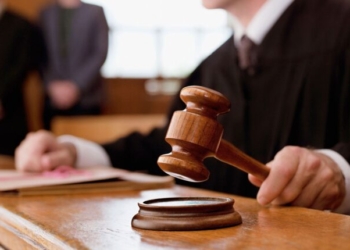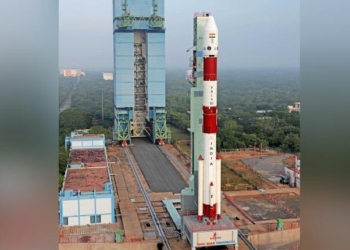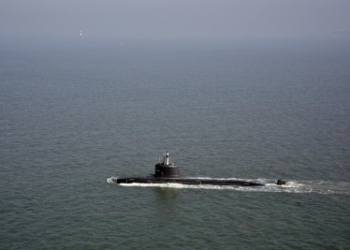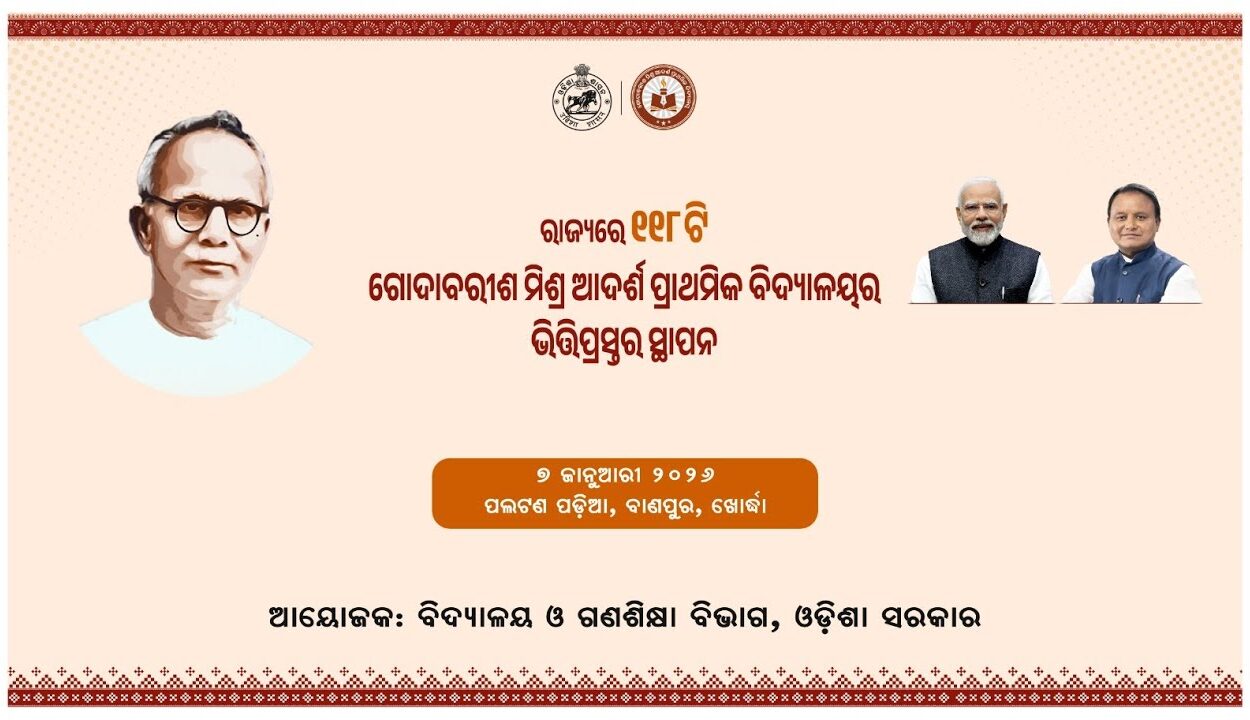Buldhana: The grisly accident on the Mumbai-Nagpur Expressway which killed 25 passengers sparked a furore in the state with veteran leader Sharad Pawar demanding an expert panel’s survey to ascertain the causes behind the large number of fatal crashes on this major thoroughfare, here on Saturday.
The Opposition Maha Vikas Aghadi (MVA) slammed the ruling Shiv Sena-Bharatiya Janata Party government for not taking measures to curb the series of accidents on the ‘’Hindu HridaySamrat Balasaheb Thackeray Maharashtra Samruddhi Mahamarg’, which was inaugurated by Prime Minister Narendra Modi on December 11, 2022.
Since then, the Rs 55,000-crore “dream project” has earned sobriquets like “killer highway”, “highway to hell”, etc., and Shiv Sena (UBT) President Uddhav Thackeray claimed it has snuffed out more than 300 lives in the past 7 months.
Nationalist Congress Party supremo Pawar said that only last week he had raised concerns on the spate of accidents on the 701-kms expressway – two phases of which are now operational from Nagpur to Nashik (600 kms), and the Nashik-Mumbai 101-kms long third phase under construction.
Pawar mentioned how the entire expressway is long, monotonous with absolutely nothing on both sides including any public amenities, making it a tiresome drive.
“The government must appoint an expert committee to examine the causes of so many crashes on this expressway, and whether the long monotony is also one of the reasons. Based on its report, the concerned departments must implement remedial measures,” demanded Pawar.
Shinde and Fadnavis, who rushed to the accident spot today, have announced that several high-tech gadgets shall be installed soon here to monitor speed and other violations to make the expressway safer.
The IANS first highlighted (May 4, 2023) the likely problems plaguing the expressway – which would slash the travel time between Mumbai-Nagpur from around 16 hours to barely 8 hours when fully completed.
The Nagpur-based Council for Protection of Rights (CPR) said that the entire stretch has become ‘deadly’ for vehicles and their occupants zooming on it since the past seven months.
“As per official records till May, over 100 people were killed and hundreds more injured in more than 200 major and minor accidents that took place on it,” a grim CPR Chairman, barrister Vinod Tiwari told IANS.
He cited a recent study by the Visvesvaraya National Institute of Technology (VNIT), Nagpur which revealed that there are absolutely no halts or any facilities like petrol stations, eateries, toilets, malls, amusement, etc on the expressway.
A Pune activist Prafful Sarda said that many trucks and other vehicles are haphazardly parked at some spots, women compelled to relieve themselves in the bushes beside the expressway shielded by their family or friends, and how some truckers even cook food at night.
The VNIT report, prepared by the Traffic Engineering Department students, claimed that after long hours of driving without break, drivers tend to develop “highway hypnosis” leading to such accidents.
“Highway hypnosis” is a condition when a driver zones out while driving, unable to remember what occurred in that specific period, just keeping driving without absolute control over the steering, and paying no attention to anything happening around him/her.
It is the outcome of tiredness among the driver, long hours of driving, monotonous highways, drowsiness with inattentive brain, etc. – a condition that Pawar indirectly referred to in his media-briefing today.
The TED students studied a 100-km stretch of the Nagpur-Nashik section that was thrown open and in over one-third of the instances, “highway hypnosis” is believed to be responsible for the crashes, said the Head of Department V. Landge.
The Super Expressway has three lanes in each direction, so there are no head-on collisions, but more than 50 per cent of the truckers do not adhere to the “no lane change” rules.
On May 29, the state Transport Department responded with a ban on ‘lane-cutting’ by trucks, buses and other heavy vehicles which obstruct smaller and faster automobiles on the Mumbai-Nagpur and Mumbai-Pune expressways to curb crashes.
The VNIT study found that the Super Expressway comprises 30 per cent small vehicles, 20 per cent small goods carriers, and 50 percent trucks or heavy vehicles, which blatantly flout the lane-change norms leading to big and small crashes with casualties or fatalities.
Tiwari said that in western countries, all highways provide convenient halts every 120-125 km, enabling drivers to take short refreshing breaks after every 2-3 hours of continuous driving.
Besides, passenger vehicles plying on expressways in developed countries are required to take a compulsory halt of 10-15 minutes after every 90-100 minutes to prevent onset of “highway hypnosis”, or mandatory stops for all vehicles at every 100 kms, especially during night travel.
Many other activists and traffic experts have questioned the wisdom of throwing open incomplete highways, expressways, roads, and other projects without providing all necessary amenities/facilities, eyeing short-term electoral gains.
(IANS)















